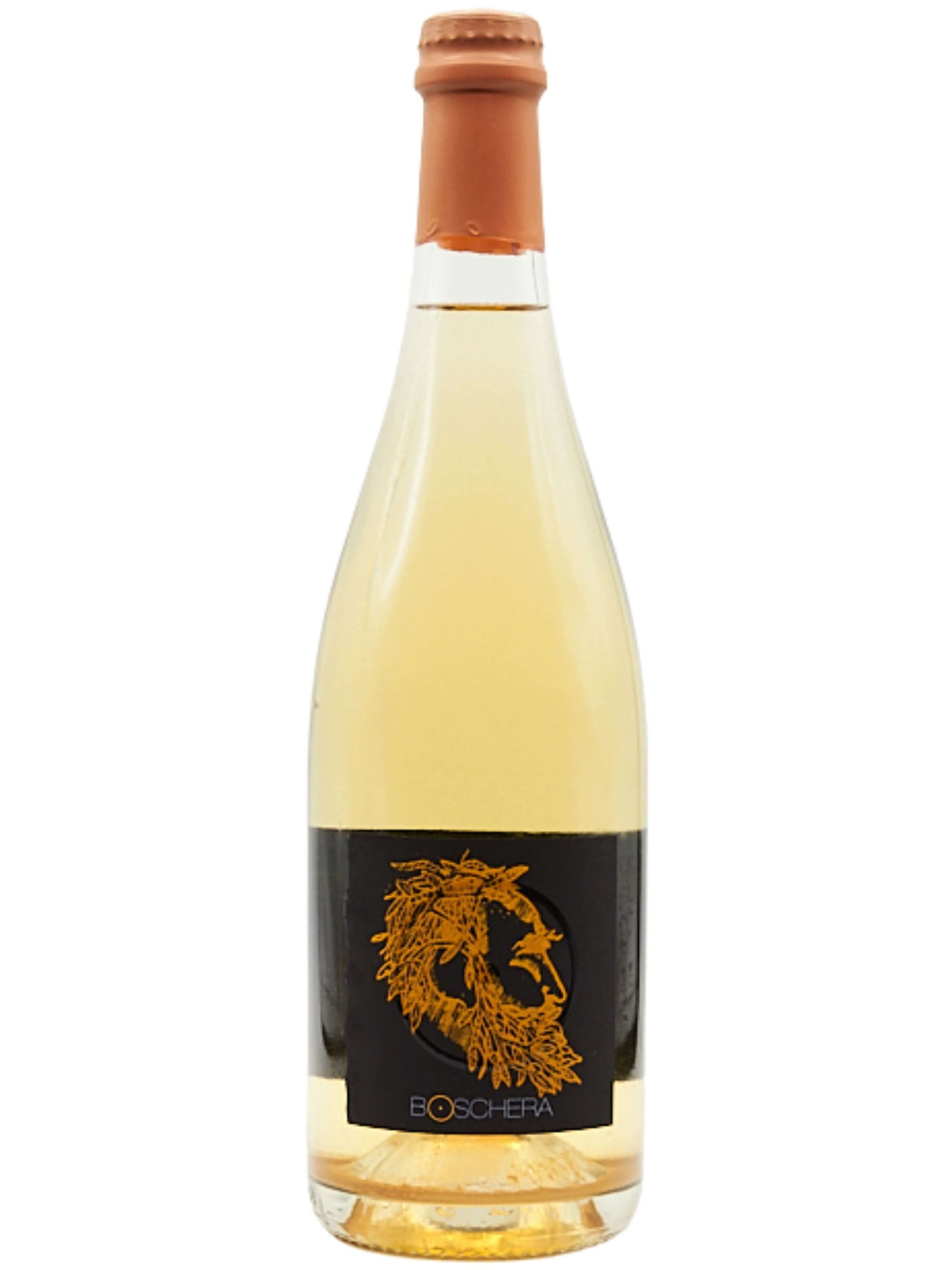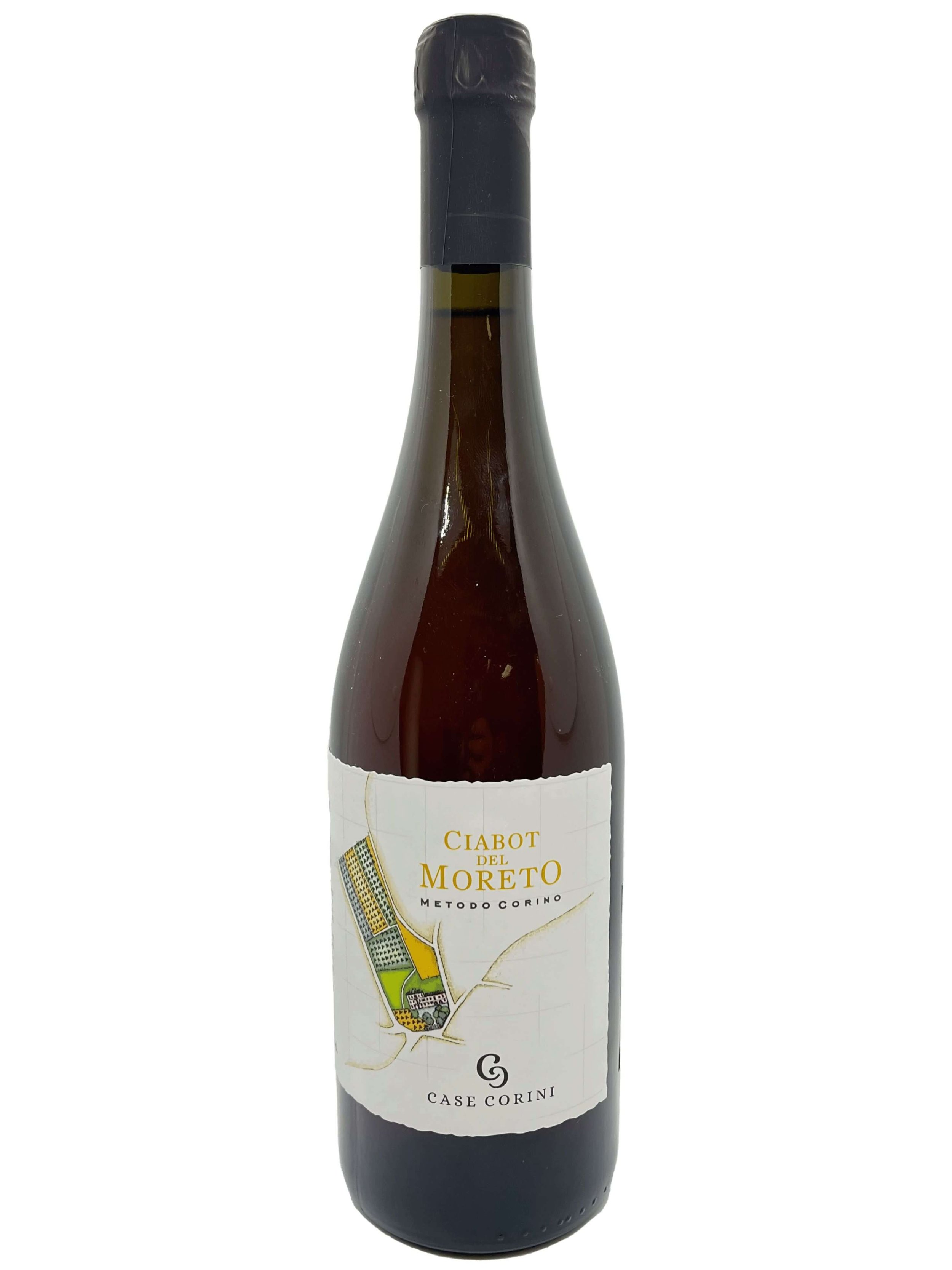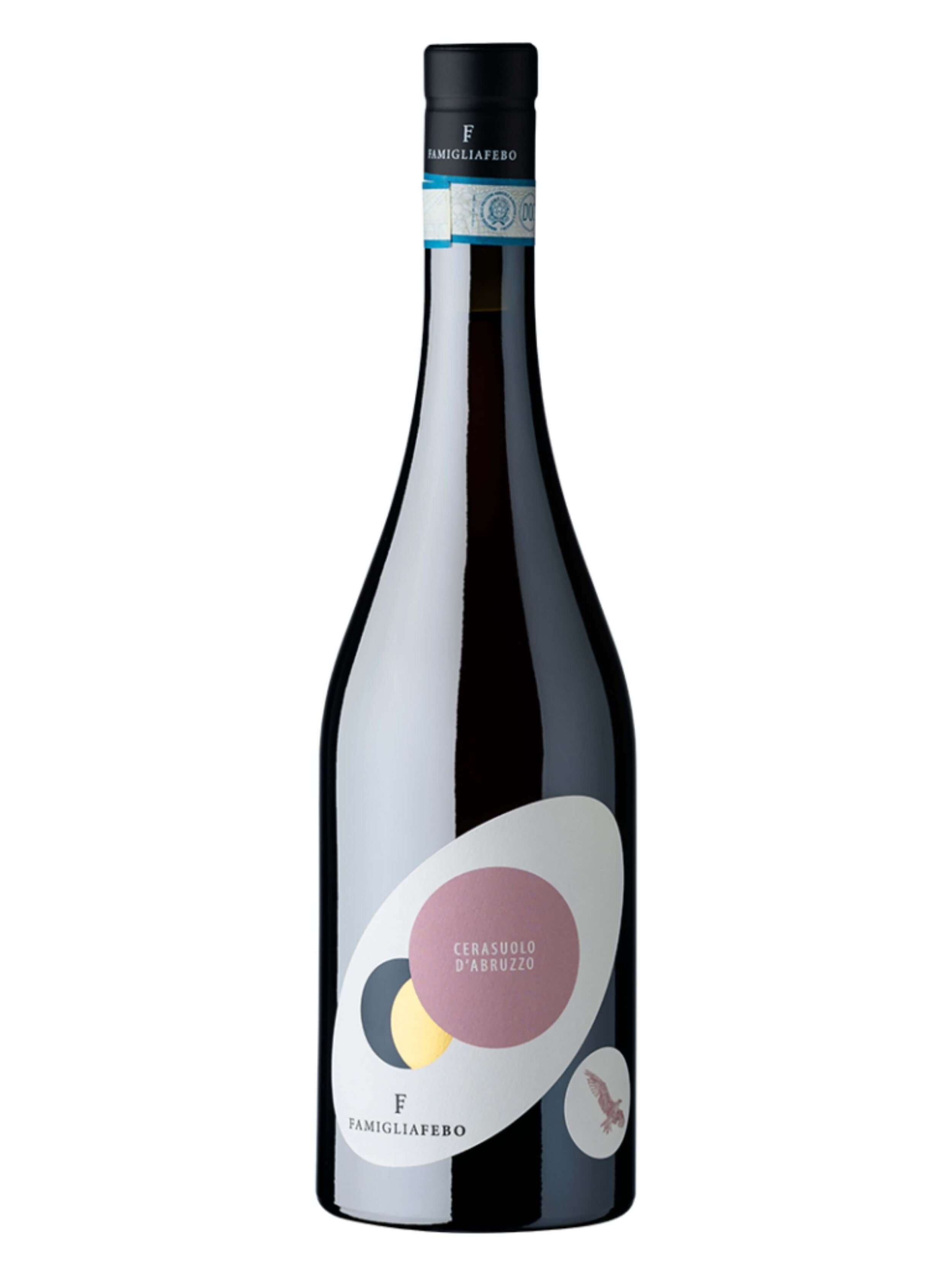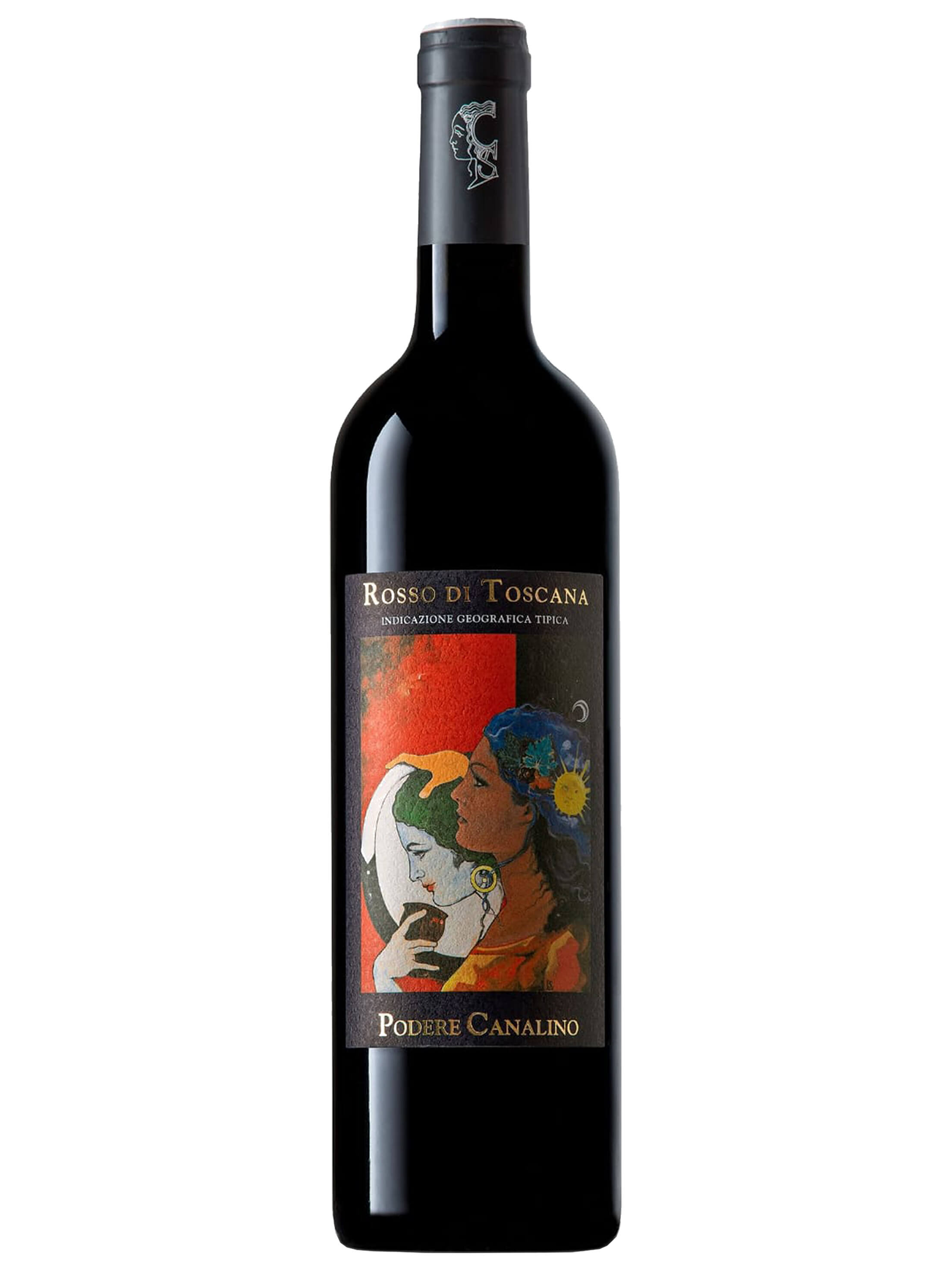Taste the Wine Rainbow
We love wine, and, if you’re reading this article we bet you do too. But thanks to wine’s depth and diversity, you can get lost in the huge selection of types of wine, which all have different flavors, aromas, and shades of color. How do these difference in wines types come about? How does color of wine differ from one type of wine to another? Turns out, there are many different factors that can go into determining whether a brilliant ruby red, a pale golden yellow or mandarin orange shine out at us from the glass.
In our previous article, “ABC’s of How to Make Wine“ we discussed all the various steps that go into getting a wine from the vine to the bottle. However, we glossed over a very important part of this discussion: how color comes into play. We felt it was interesting enough to warrant its own deep dive and explore the multifaceted world of the facets of wine colors. So, let’s have a look at why wines are the colors they are.
How to Make Wine
Wine is simply fermented grape juice. You want ripe grapes because the sugar is what yeasts eat to create alcohol (plus CO2) creating wine. Of course, as humans we can’t help to innovate, so the actually process is much more complex which we explain in this article on how to make wine.
As a recap:
Harvested grapes are then transported to a winery. The grape juice can be extracted through a free run method, like Case Corini who relies on gravity, thanks to their wine cellar which is belowground, although most often the grapes are crushed and destemmed.
Yeast then starts doing its thing, initiating fermentation and converting sugars into alcohol.
Traditionally, all wines had long periods of skin contact, also known as maceration, since most of the natural yeasts are on the grape skins. Plus the grape skins are the primary contributing factor to create tannins in wine. Tannins are polyphenols which are healthy and help a wine to age longer... Farmers back in the day really had it figured out, huh? Today though wine has become a big business, so more often than not it is more science than art that determines the color of wine. Hence, how much time of skin contact is usually carefully calculated to achieve the desired wine style, extracting color and tannins.
After fermentation, the wine is pressed to separate the liquid from the solids. The wine may then be aged in various vessels, such as stainless steel, oak, or concrete, before being bottled and prepared for consumption.
Examples of the four categories of typical wine color.
But, as we discussed previously in the article, what determines the wine’s color is based on two factors. One is biology and comes from the grape itself, and the other is in what order the basic winemaking steps are performed. Before we get into the nitty gritty of which order and when, let’s take a look at the former and start from the grape.
ABCs of Wine Colors
An individual grape cluster is composed of three main components (as discussed in our “Wine Biology 101” article): seeds, pulp, and skins. The the seeds contain tannins and bitter compounds as well as the eventual reproductive components of the fruit. The pulp is the largest by volume part of the berry, composed of water and sugars mainly. However, despite being the most plentiful in the berry, it is colorless and does not influence the eventual wine color. So the color doesn’t come from the seeds or pulp, that leaves us with one last piece of the grape berry puzzle: the skins.
The skins can contain native yeasts, tannins, flavor compounds, and our magic compounds that determine color. One of these compounds are called anthocyanins, or pigments, and the more a grape skin contains, the darker and more pigmented a wine can become. Fun fact: many fruits and vegetables have anthocyanins. Like, did you know that’s how the purple cauliflower gets its color?…
Some grape varieties naturally have more anthocyanins than others: compare, for example the barbera grape, to the sangiovese grape. Another factor can be the thickness of the skins: thicker skins will more easily impart color into wine (for example, white grapes like albana have more tendency to give more golden hued wines).
Lastly, the thicker or thinner skins that are filled with more or less anthocyanins, are just a part of color. The second part comes in when the winemaker gets their hands on the grapes and chooses what to do with them in the cellar. These choices can lead to more or less color being extracted and ending up in the final product.
How Does Wine Get Its Color
Now we come to the real crux of the matter: the order and choice of wine production that will help determine not only color, but also the deepness of it. One of these methods is call maceration, where referred to as “skin contact”. This is the period where the crushed grapes with the pulp mashed up remains in contact with the skins: longer maceration or skin contact means more color. This can be also thanks to the alcoholic fermentation: heat released during the conversion of sugars to alcohols aids in the extraction of color. So leaving longer maceration during fermentation can be a way for a winemaker to extract even more color.
Red and white grapes undergoing skin contact fermentation at Case Corini.
Now, we are all aware that there can be different shades of color, with undertones varying, but, for simplicity’s sake, most US wine industry folks subdivide wine colors into four broad categories: White, Orange, Rosé, and Red. Let’s break down each one to understand how winemaking processes differ for each.
White Wine
With most white wines, the name of the game is as little color extraction as possible. For this reason a typical white winemaking process is to first crush the grapes, releasing the clear pulpy juices, followed by immediately pressing to remove the skins from the juice. The wine won’t be filtered in this point, we don’t want to remove the yeasts that were found on the skins, all that is needed to to drain off the large particle skins to remove them from the juice.
At this point, fermentation followed by aging, then bottling will continue as normal. Certain actions taken during these steps can influence those hues we talked about, turning a wine from a more transparent or yellow color to golden undertones (things like oak aging or fermentation can do this with a little extra wood contact or oxidation), but for the largest part, these are all still considered “white wines”.
There is one last curiosity regarding white wines, regarding grape selection. While the vast majority of white wines will come from white grapes (like trebbiano, sauvignon blanc, famoso, and the aforementioned albana), it is possible to make a white wine from a red grape. The most common case of this are sparkling wines like Champagne than can be made ina blanc de noirs (or white from black) style. Champagne can legally be made from all of or a blend of three main grapes: pinot noir, meunier, and chardonnay; but, plot twist, only one of those grapes are white! Pinot noir and meunier are both red grapes, and are commonly used to make the (usually) white champagne. This is because pinot noir has thin skins and is lower on the anthocyanin scale. So, with careful winemaking, the juice can be extracted with no skin contact and result in a white wine!
But what happens if we don’t drain off the juice right away, or we leave the skins to macerate with a little (or a lot) of skin contact?
Orange Wine or Skin Contact Wine
What is the skin contact wine? Basically it is a white wine that is made like a red wine. In other words, orange wines have long periods of skin contact: after juice has formed, then long maceration or skin contact with the juice and skins together of a least a couple of days, sometimes up to a month, during which fermentation takes place, and then pressing. To extract more or less color, a winemaker can lessen and drain off the skins during fermentation, but usually when a winemaker is trying to make an orange wine, they will want as much color extraction as possible, leaving the skins in contact during fermentation.
This results in orange, deep golden, and amber colored wines. This last descriptor in fact, is what a lot of people prefer to use to refer to these wines: Amber wines. Others call them “skin contact white wines” thanks to the extra maceration. Orange is certainly the more widely recognized and “hip” term you will often see at cool wine bars touting natural wines.
There is a lot of history behind this winemaking technique, we have already done deep dives on orange wines, both in this article and in this YouTube video. There are also wine experts, Simon Woolf, that have focused their careers on orange wine.
Rosé Wine
Now that you know that an orange wine is like a white wine made like a red wine, what would be the opposite? A red wine made like a white wine, right? That is what a rose wine is.
There are lots of types of rosé wine, we love to explore the lovely shades that can go from orange-y to salmon undertones. But, here, like with white wines, the time of skin contact is crucial. We’ve talked in depth about how rosé wine is made in our previous article on the subject, “The Scoop on Rosé”, and let’s have a quick recap to understand the dynamics that go into that process.
A close up of a glass of the orange Ciabot del Moreto.
Knowing what we know now, that certain grapes have more pigmented and/or thicker skins and are theremore more prone to deposit colors, two basic methods can be used to obtain a pretty rosy color (we won’t be talking about the uncommon and not usually accepted practice of simply blending white and red wines). These are: immediate pressing and short maceration and each has its time and grape.
The first, immediate pressing, involves following a strictly white wine process: crushing -> pressing -> fermentation. This technique is used for grapes that have lots of color; just the act of crushing is enough to impart some colors into the wine. It can also be used to ensure delicate, transparent, lightly colored rosés. The second, short maceration, involves just that: a short period of time where there is skin contact. This might be used for a darker rosé color, or for grapes that are naturally low in color.
As with white wines, after one of these methods are followed, the juice will be left to ferment before the usual aging and bottling.
Red Wine
Last, but certainly not least, we come to red winemaking. Here, we love color; we want extraction. So after crushing the red grapes, the juice will be left to macerate on the skins during fermentation. Sometimes, they will even undergo surprisingly long periods of aging even after fermentation has stopped. Once color is achieved, the wine will be drained or pressed off the skins and then left to age before bottling and sale.
As we said, the deepness of the red will be determined by the grape and the length of maceration; fermenting at lower temperatures too can help control the heat from fermentation and result in perhaps lesser extraction. Other techniques such as carbonic maceration (where fermentation takes place in a completely oxygen deprived environment) will naturally extract less color, leaving lighter red wine colors.
Red wines can run the gamut from pretty ruby reds to deep brick garnet colors or even colors that look like purple wine; this can be from the grape (for example, nebbiolo wine tends to run more garnet than ruby), but it can also be affected by time and aging. Aging will break down colors, either in the barrel with slight oxygen and wood contact, or even in the bottle with long, long periods of time. So don’t be surprised if you pull out a 1980s red wine to find it is a rusty red color: time, aging, and oxygen will naturally dim ruby colors into more garnet/orange hued reds.
Febo makes montepulciano wines: a rosé Cerasuolo and a red Montepulciano d'Abruzzo.
Taste the Rainbow
Color in wine is such a fascinating subject, and can be so different based on so many different factors, in both the cellar and winery. We believe the best way to learn is to do and experience, so get learning about the difference in color in wine! Below we have a selection of wild and scarce Vero wines to get you started. But no need to stop there. Check out shop categories like Red Wine, White Wine, Orange Wine, Rosé Wine to dig into each specific color.
We exist to allow all Americans, across the US, from businesses to consumers, to experience the pleasure of a farm to glass wine, and a really good olive oil too. How can you get your hands on the hidden gems we forage for?
If you are a distributor reach out to us introduce our highly curated portfolio of one of a kind small production wines to your state.
We sell to wine stores and restaurants in certain states - contact us to learn more.
If our farm crafted natural wines and olive oils are not in your local shop or restaurant, buy wine online here, and we’ll ship it to you, including wine gifts.
We also have an award winning wine club for true wine explorers that are seeking to continually discover unique, sustainable and authentic small production wines they never had. These are wines selected by our sommeliers and curated for each box.
We do corporate gifts and sommelier guided wine tastings. Email us and we’ll tailor unique and sustainable corporate gift ideas.



















